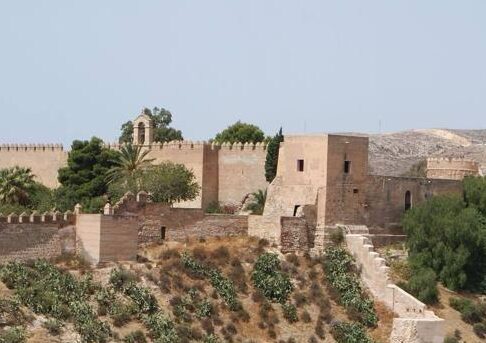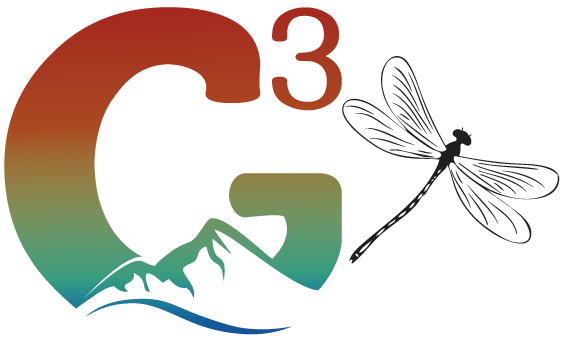“The clichés on Andalusians”, images all made so true and so false. Cocasserie: the Spaniards living north of Despeñaperros consider Andalusians to be laughing and funny people (“graciosas”), while for Andalusians, it is only the inhabitants of Cadiz who have this reputation … Indeed Andalusians have generated stereotypes specific to the natives of each province.
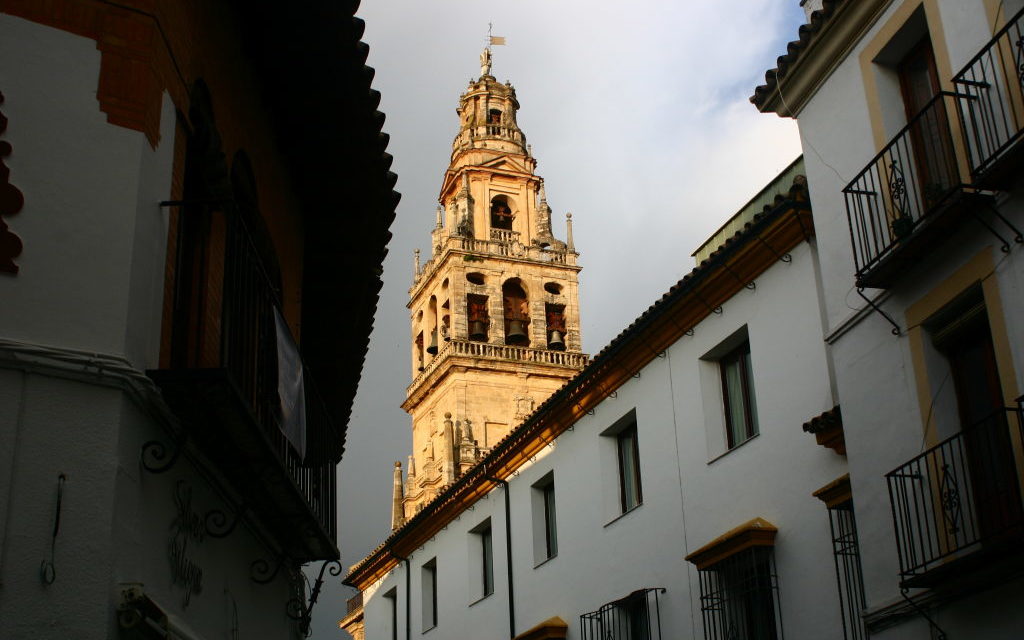
Séville « ¡ mi arma ! »
The attraction of a city that you love or hate
The capital of Andalusia is the universal, grandiose and magnificent city that welcomes all lovers of Seville. No one will be surprised in these conditions that most typical Andalusian stereotypes go like a ring to the Sevillians « anillo al dedo » and that the other provinces love to hate Seville, which absolutely does not give it back to them. Seville is the favorite city of the “señoritos”, rich landowners who spend time in the most beautiful city, dressed in long-sleeved plaid shirts and on Fridays with branded jeans. There is also the government headquarters, the Junta de Andalucía, an organ that controls the destiny of the region.


Seville captivates with its Andalusian rhythm.
Cadix, « Caí »
The art of good, simple living in its simplest expression
People with a fun and festive character « gracioso », whose culmination is the carnival and its popular contest of « chirigotas ». Gaditanos (« pisha ») and gaditanas (« shoshos ») love fried fish (« pescaitos fritos ») and shrimp tortillas (« tortilla de camarones »). Cadix maintains a good mood, despite the dificulties, one of the highest unemployment rate in Spain and the “Campo de Gibraltar” being a local Bronx.


In Cadiz, great friendships are forged.
Málaga, the « boquerones »
A large city open to all possibilities
Los « malaguitas », inhabitants of Malaga, a cosmopolitan city and old port of Andalusian merchants. The malaguitas consecrate the Andalusian trilogy of football, Holy Week and bullfighting, but no more than the others. They are cheerful, certainly thanks to the climate of the Costa del Sol and adore the « Espetos », sardines punctured on a stick and roasted at the edge of the sea. There is much more than the coast, Antequera and the Serranía de Ronda, where everything is different and the people are very independent. The second city of Andalusia, oriented towards the outside, with a thriving technological center, Malaga would like to compete with Seville.
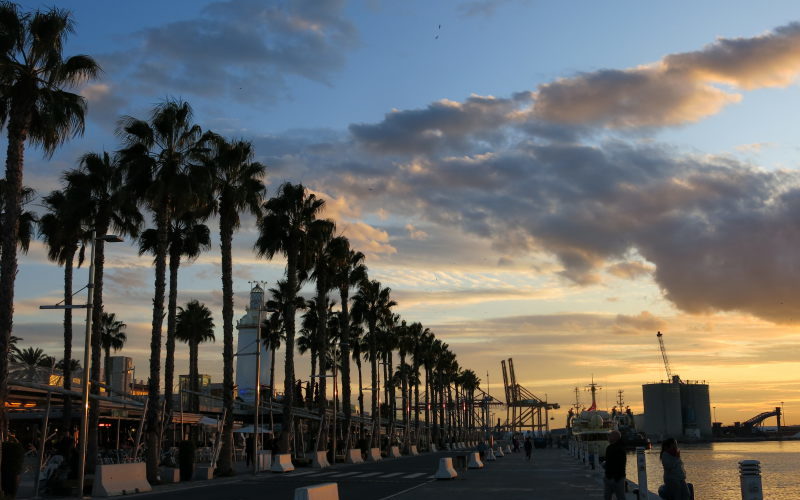

Malaga has the most foreigners.
Cordoue, « eá »
The charm of a city breathing a village air
« E-a » … as El Quijote said) The Cordobans, witnesses of the gestures of the Roman Empire and Al-Andalus, neighbours of the Golden Seville, describe themselves as “siesos“, tasteless characters and of little character. On the other hand, we often hear that the most beautiful women in Spain live in Córdoba. « Cordobés y hombre de bien, no puede ser » Cordouan and man of good is not possible, repeated and unpleasant saying, whose origin is overlooked … and goes back to the abolition of the right of prima nocta (‘lord’s right’) obtained by the Cordovan people and that therefore the aristocrats could not consider as good men. Even more… “Fuente Obejuna, all at once,” an expression that celebrates a popular revolt against an authoritarian character which was executed by the villagers. Maybe Cordoba people ignore their own personality and are not as bland as they paint themselves …

Cordoba, heritage city.
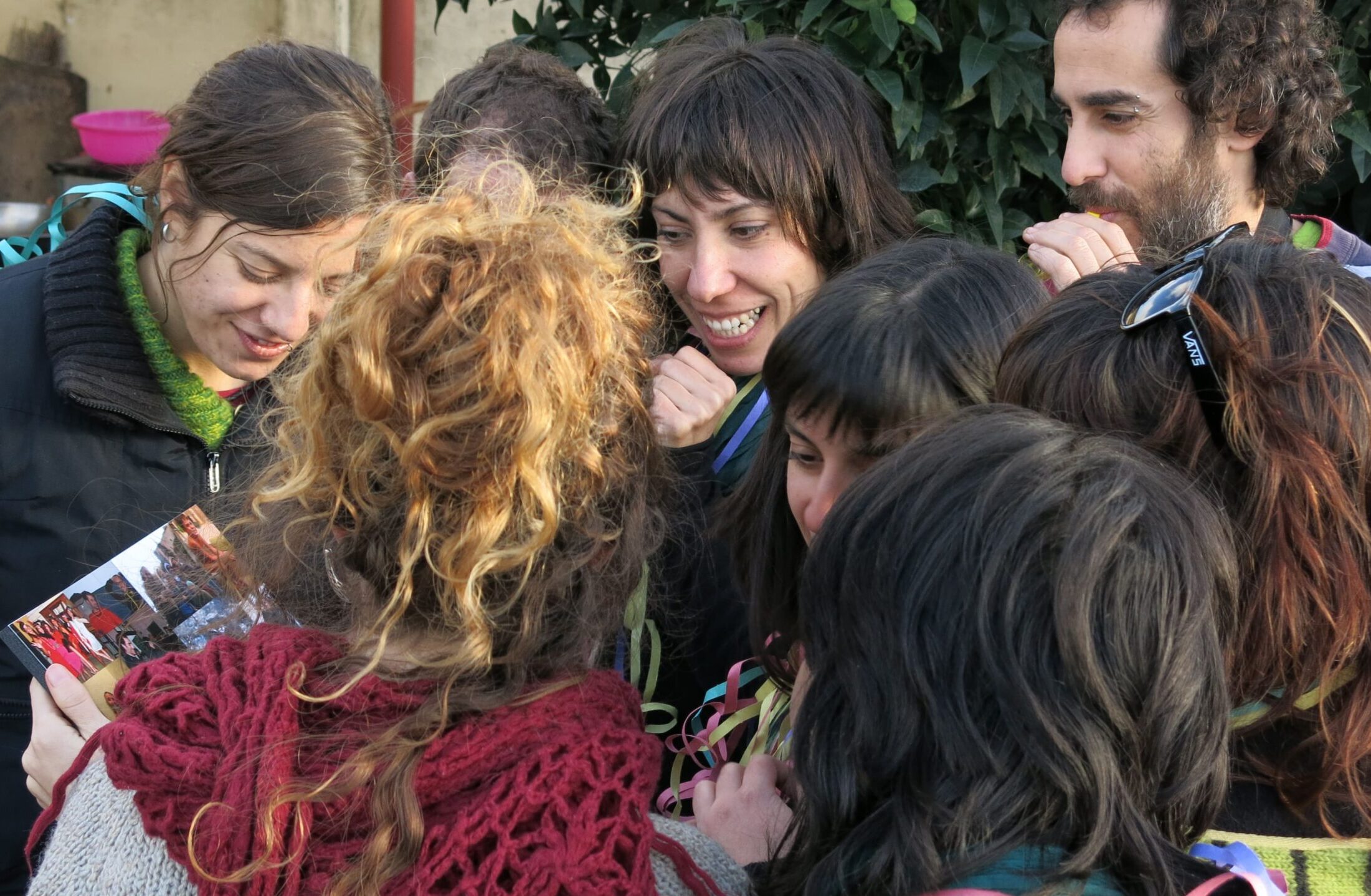
Jaén, « ni polla »
Méconnue et enclavée entre oliviers et sierras
An expression widely shared with its neighbour Granada which serves as an exclamation point. Inland province, border and gate with Castilla-La-Mancha, surrounded by mountains that particularly isolate it to the east; covered with an excessive amount of somewhat depressing olive trees. Harvesting olives, a difficult seasonal job that requires patience and a lot of labour. The deep Jaen, a land impregnated with the past, with inhabitants sometimes considered “simples” (« catetos ») and a land of magical stories. “In Jaen, one enters crying and leaves crying“, a phrase repeated again and again that indicates the hospitality and the great heart of the inhabitants of the province.

Jaen, or olive oil without limit.

Grenade, la « malafollá granaína »
Where cars honk their horns with bad « mala leche » milk
La «malafolla », trait de caractère universellement attribué aux habitants de Grenade et qui décrit une forme de mal humeur et des personnages désagréables. Grenade, la grande ville d’Andalousie orientale, citée de montagne au pied de Sierra Nevada, ancienne capitale nazari et siège de l’Alhambra, une université renommée et riche vie étudiante, et où l’on se réfugie tôt dans les meilleurs bars à tapas. Selon les autochtones, la malafollá est une forme d’humour local, spontanée et chargée d’ironie mordante qui ne cherche pas à être blessante ou manquer de respect. La parfaite excuse pour prendre de bon pied un désagrément.
A feature universally attributed to the inhabitants of Granada and that describes a form of bad mood and unpleasant characters. Granada: the great city of eastern Andalusia, at the foot of Sierra Nevada, former Nasrid capital and seat of the Alhambra, with a famous university and lively student life, and where you take refuge early in the best tapas bars. According to the locals, “malafollá” is a form of local and spontaneous humour loaded with irony that does not seek to be hurtful or disrespectful. The perfect excuse to get off on an inconvenience.


Grenada, conservative and inventive.
Huelva, los « choqueros »
Where we find real seaside resorts
Les gens de Huelva, « onubenses », Grands consommateurs de seiches (« chocos ») devant l’éternel. Province peu peuplée et périphérique connue mondialement pour l’exportation des fraises et autres fruits rouges, une industrie agricole controversée qui domine le panorama. Chaque province possède un village dont les habitants sont considérés plus rustiques que la moyenne, « brutos », et sujets à la rigolade générale… Pour la plupart des andalous(es), Lepe, centre de la fraise, est le village le plus rustique d’Andalousie. Huelva : les marins qui pilotaient les goélettes de Christophe Colomb et les andalous le plus tournés vers le Portugal.
Huelva people are big consumers of sepia (“chocos“). A peripheral and sparsely populated province known worldwide for the export of strawberries and other red fruits, a controversial agricultural industry that dominates the landscape. Each province has a town whose inhabitants are considered “gross” … For the majority of Andalusians, Lepe, the centre of strawberry cultivation, is the most rustic town in Andalusia. Huelva saw the birth of the sailors who piloted the Christopher Columbus caravels and there you can also find the Andalusians most knowledgeable about Portugal.
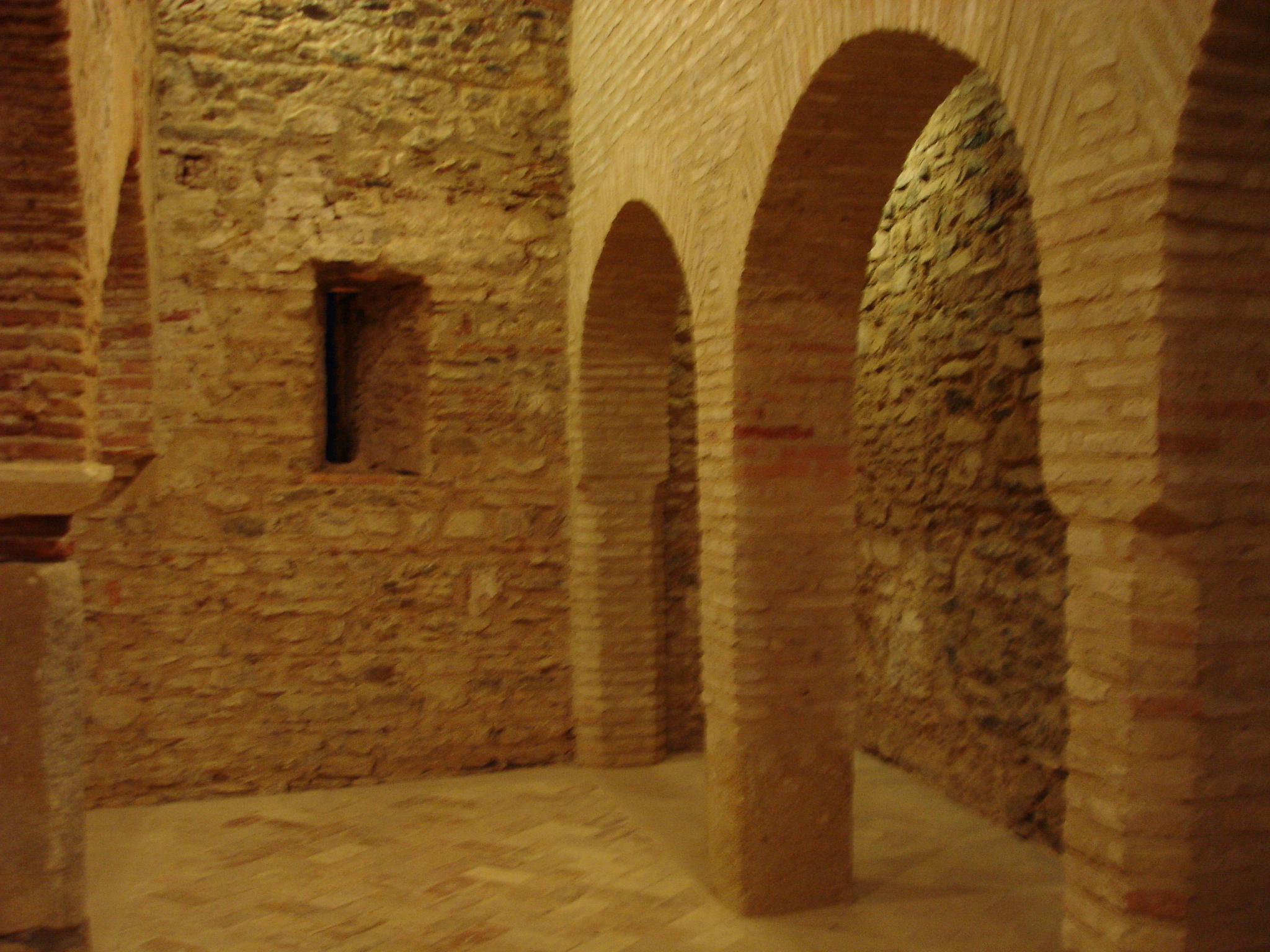
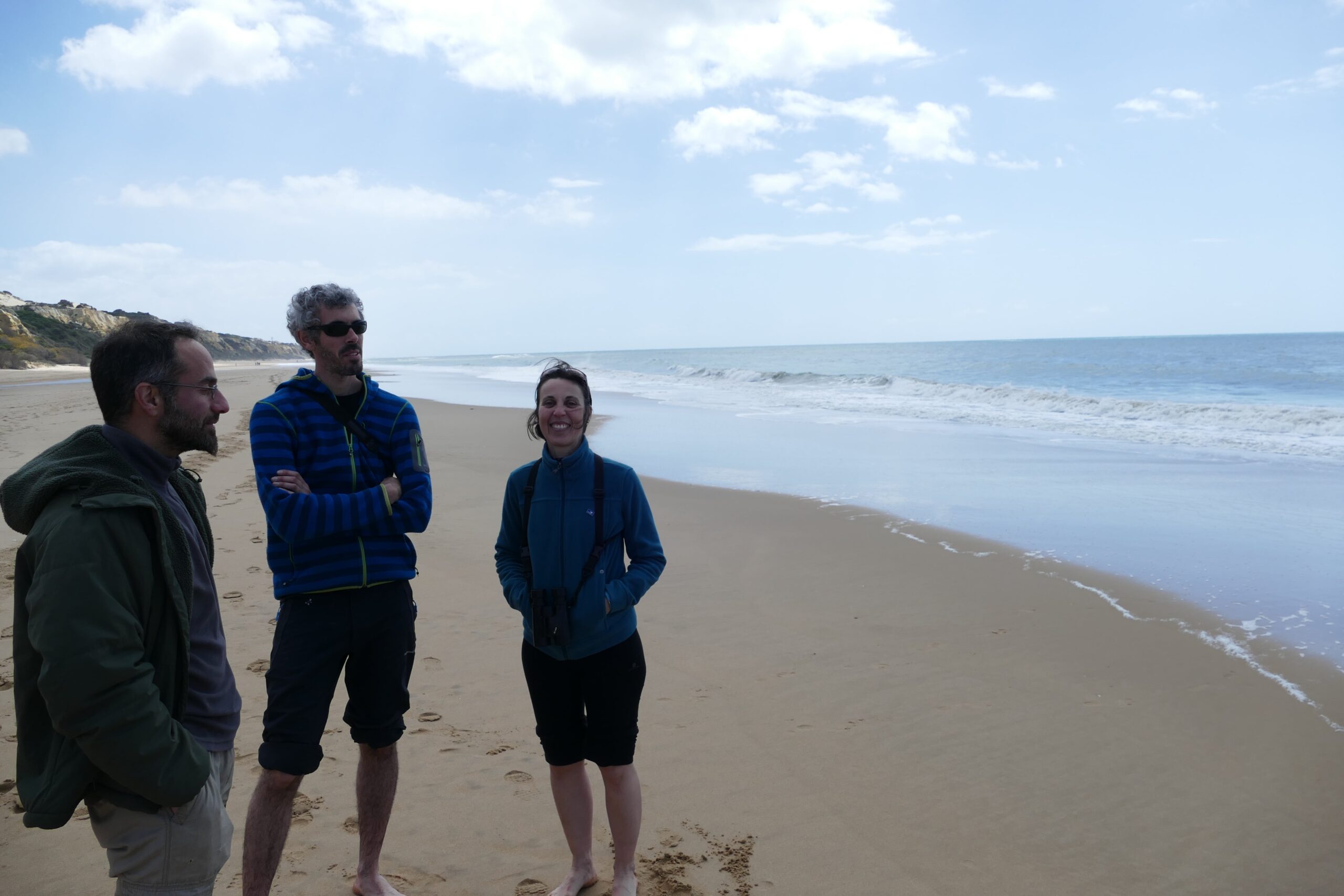
Huelva: environment vs industry.
Almería, les grands oubliés
A demanding and generous land
Far from the capital, people here do not respond so much to the stereotypes of the Guadalquivir valley. A part of its territory covers Sierra Nevada and that few people know. A province characterized by its suffocating arid semi-desert climate … at least, an umbrella is not necessary in this corner of Europe. A peripheral and sparsely populated province known worldwide for the export of vegetables, a controversial agricultural industry that dominates the landscape (!). The people of Almeria are proud of celebrity singer David Bisbal, who has represented his province wherever he has gone.
